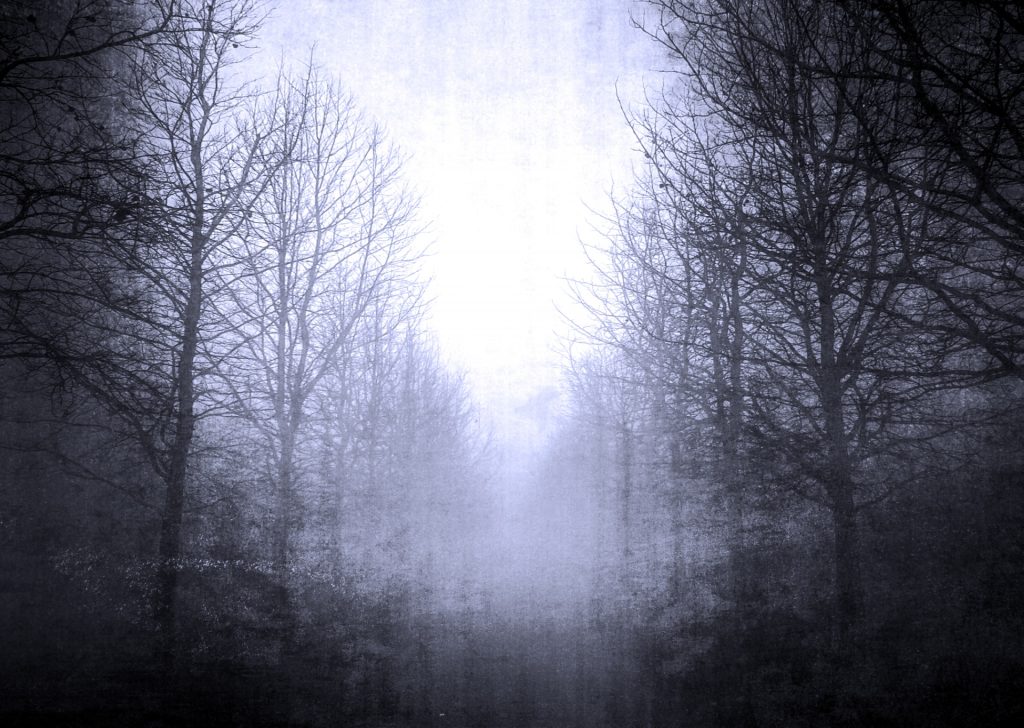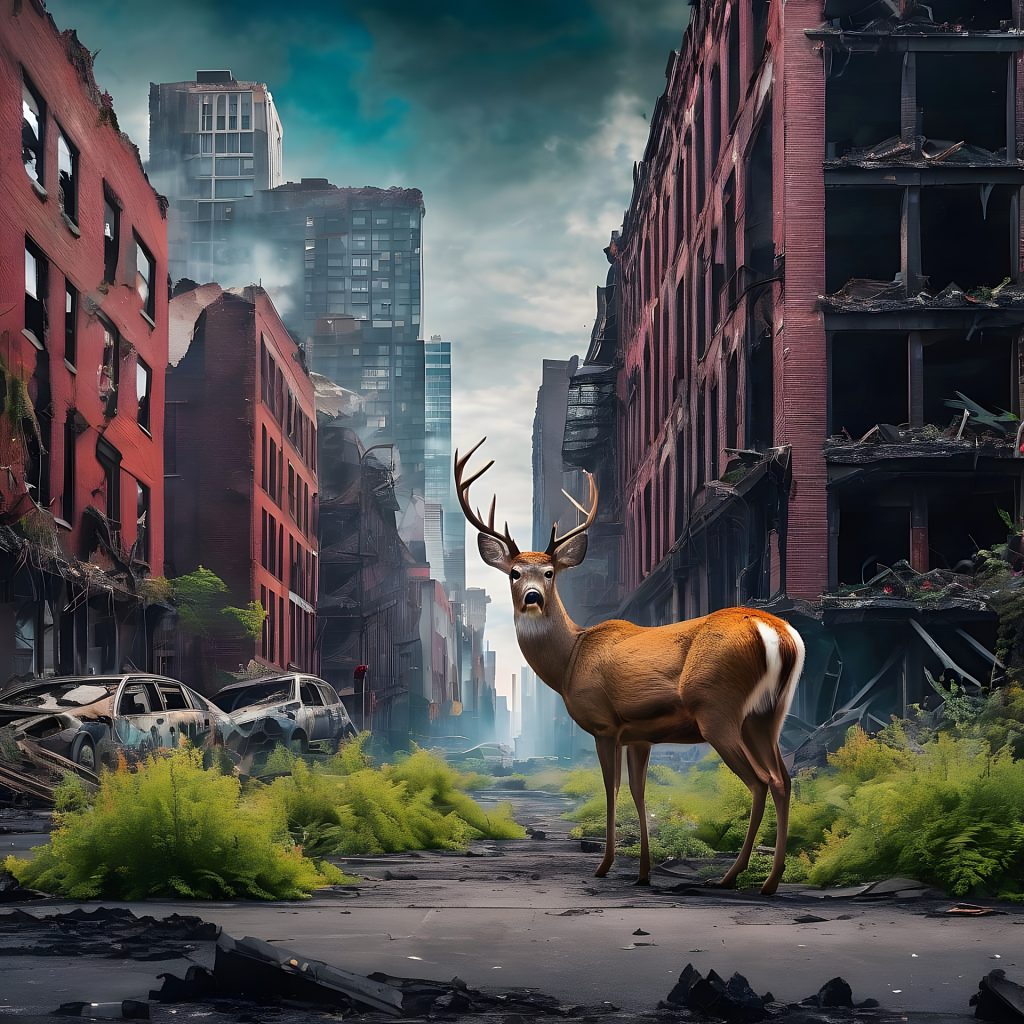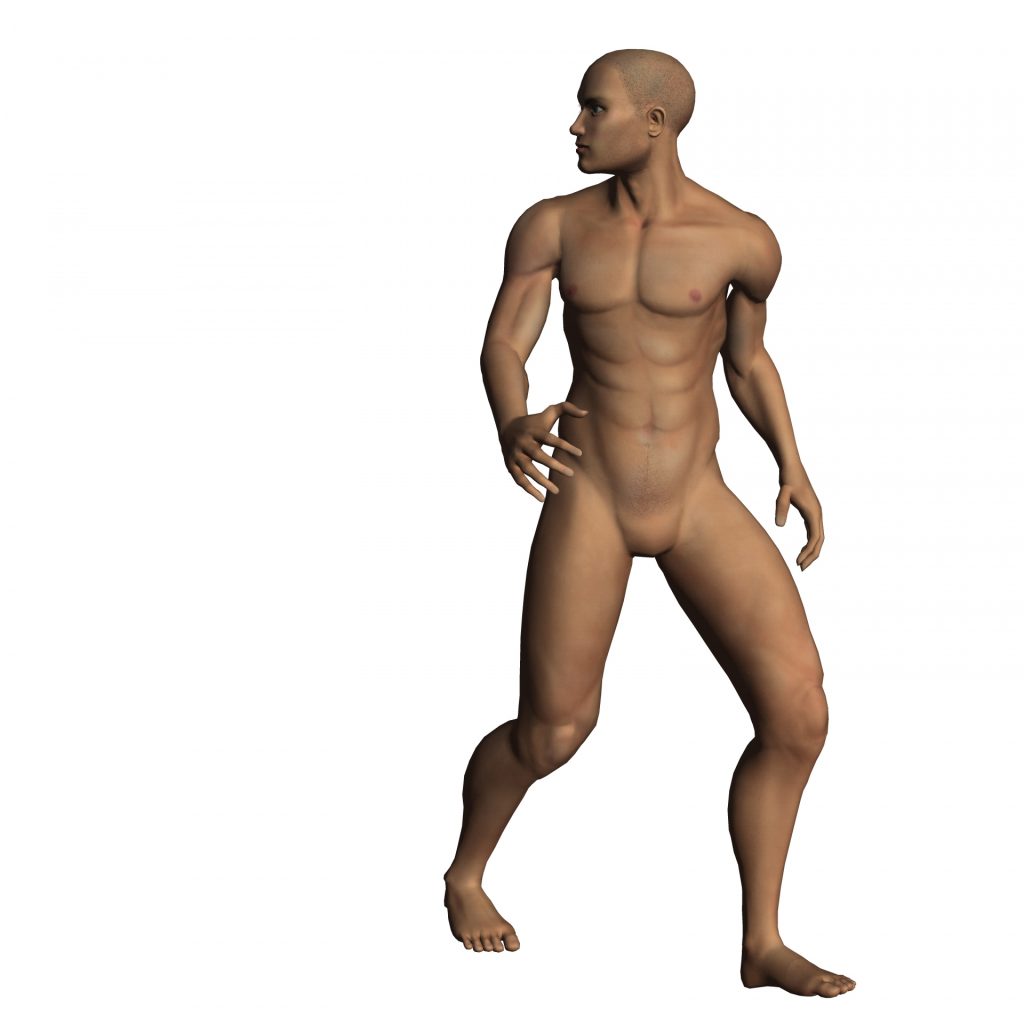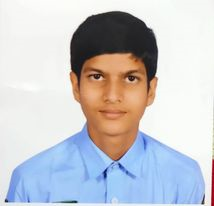Exploring the Satirical Genius of Mark Twain’s Works
Otaboyeva Ominakhon
Farg‘ona Davlat Universiteti, Xorijiy til va adabiyoti yo‘nalishi ,
Ingliz tili va adabiyoti fakulteti talabasi
Abstract: This article explores the satirical genius of Mark Twain’s works, including his novels, essays, and speeches. Using literary analysis, the article examines how Twain used satire to expose and critique societal issues such as racism, imperialism, and greed. Through a close reading of key passages in works such as The Adventures of Huckleberry Finn and The War Prayer, the article demonstrates how Twain’s use of irony and humor served to challenge dominant ideologies and promote social change. Ultimately, the article argues that Twain’s satirical approach remains relevant today as a tool for critical thinking and social commentary.
Key words: satirical genius, Mark Twain, literature, humor, irony, social commentary, American culture, writing style, satire techniques.
Introduction: Mark Twain is widely regarded as one of the most significant American authors of all time. His works are renowned for their wit, humor, and biting social commentary. In particular, his satirical writing has been praised for its ability to expose the absurdities and hypocrisies of American society during his time.
In this article, we will explore the satirical genius of Mark Twain’s works. We will examine how he used satire to expose societal issues such as racism, imperialism, and corruption. We will also delve into his unique writing style and the techniques he used to create his satirical masterpieces.
Twain’s use of satire was not limited to a single work or genre. Rather, it was a recurring theme throughout his entire body of work. His most famous novels, such as The Adventures of Huckleberry Finn and The Adventures of Tom Sawyer, both contain elements of satire within their narratives.
One example of Twain’s use of satire can be found in The Adventures of Huckleberry Finn. The novel is set in pre-Civil War America and follows the journey of a young boy named Huck Finn as he travels down the Mississippi River with an escaped slave named Jim. Throughout their journey, Huck encounters various characters who represent different aspects of Southern society at the time.
Twain uses these characters to highlight the hypocrisy and racism that was prevalent in Southern society during this period. For example, one character named Pap represents the worst aspects of white Southern culture – he is an abusive alcoholic who is quick to blame black people for all his problems. By contrast, Jim represents the humanity and dignity that was often denied to black people during this period.
Another example can be found in Twain’s short story “The War Prayer.” Written in 1904 during the height of American imperialism, “The War Prayer” criticizes America’s involvement in foreign wars by depicting a scene where a preacher leads a congregation in a prayer for victory in battle. As the prayer progresses, the true horrors and consequences of war are revealed, exposing the hypocrisy of those who pray for victory without considering the human toll.
Twain’s unique writing style was also a major factor in his ability to use satire effectively. He often used irony, sarcasm, and exaggeration to make his points. He was known for his use of colloquial language and dialects, which helped to bring his characters to life and make them more relatable.
In addition, Twain was a master of storytelling. He knew how to capture his reader’s attention and keep them engaged with his narratives. He often used humor to defuse tense situations or to make difficult topics more approachable.
Finally, Twain’s satirical works continue to resonate with readers today because they address universal themes that are still relevant today. Issues such as racism, corruption, and imperialism are still prevalent in modern society, making Twain’s critiques just as relevant now as they were during his time.
Overall, Mark Twain’s satirical genius is evident in both the content and style of his works. His ability to use satire to expose societal issues in a humorous yet poignant way is what sets him apart from other authors of his time. By examining his use of satire in various works such as The Adventures of Huckleberry Finn and “The War Prayer,” we can gain a greater appreciation for Twain’s unique contributions to American literature.
Satire is a literary device that uses humor, irony, and exaggeration to criticize and expose the flaws of individuals or society. It is often used to bring attention to social or political issues and can be found in various forms of literature, including novels, essays, plays, and poetry.
Mark Twain is one of the most renowned American writers who used satire extensively in his works. He was known for his sharp wit and humorous approach towards societal issues such as racism, greed, corruption, and hypocrisy.
In Twain’s most famous work, “The Adventures of Huckleberry Finn,” satire is used to critique the institution of slavery. Through the character of Huck Finn, Twain exposes the absurdity of a society that condones slavery. The book also satirizes the hypocrisy of religious institutions that claim to espouse Christian values while supporting slavery.
In “The Gilded Age,” Twain critiques the excesses and corruption of post-Civil War America. He uses satire to ridicule the greed and materialism prevalent in society at that time.
Twain’s use of satire was significant because it allowed him to express his social criticisms in a humorous way while also making his message more accessible to readers. His works were not only entertaining but also thought-provoking and influential in shaping public opinion on important issues.
Overall, Mark Twain’s skillful use of satire made him one of the most important literary figures in American history by challenging societal norms through humor and wit.
His novels, including “The Adventures of Huckleberry Finn” and “The Adventures of Tom Sawyer,” are famous for their satirical elements. Satire is a literary technique that uses humor, irony, and sarcasm to criticize and expose human follies and vices.
In “The Adventures of Huckleberry Finn,” Twain uses satire to criticize the hypocrisy and racism prevalent in society. The novel follows Huck Finn, a young boy who runs away from home to escape his abusive father. Along the way, he meets Jim, a runaway slave, and together they embark on a journey down the Mississippi River.
One of the most prominent satirical elements in the novel is Twain’s portrayal of Southern society. Through characters like Aunt Sally and Miss Watson, Twain exposes the hypocrisy and double standards prevalent in society. For example, Miss Watson preaches about Christian values but owns slaves, while Aunt Sally complains about the immorality of gambling but is willing to bet on anything.
Another satirical element in “Huckleberry Finn” is Twain’s treatment of race relations. While many critics have accused Twain of perpetuating racial stereotypes through his portrayal of Jim as a superstitious and uneducated character, others argue that he uses this characterization to expose the absurdity of racist attitudes.
In “The Adventures of Tom Sawyer,” Twain uses satire to critique the romanticization of childhood innocence. The novel follows Tom Sawyer, a mischievous boy who lives in a small town on the Mississippi River.
One satirical element in the novel is Twain’s portrayal of school. Through characters like Becky Thatcher and Injun Joe, Twain exposes the flaws in traditional education systems that prioritize rote memorization over critical thinking.
Another satirical element in “Tom Sawyer” is Twain’s depiction of adult authority figures. Through characters like Aunt Polly and Judge Thatcher, Twain exposes the hypocrisy and inconsistency of adult behavior. For example, Aunt Polly punishes Tom for playing hooky from school but then rewards him for his bravery in saving Becky from Injun Joe.
Mark Twain’s novels “The Adventures of Huckleberry Finn” and “The Adventures of Tom Sawyer” are masterful examples of satirical literature. Through humor and irony, Twain exposes the flaws in society and human nature, making his works timeless classics that continue to resonate with readers today.
Mark Twain, an American writer and humorist, was known for using satire to criticize societal norms, political issues, and cultural beliefs during the late 19th and early 20th centuries. Satire is a literary technique that uses irony, sarcasm, and exaggeration to expose and criticize human vices or shortcomings.
One of Twain’s most famous works that uses satire to critique societal norms is “Adventures of Huckleberry Finn.” Twain used the character of Huck Finn, a young boy from Missouri, to expose the hypocrisy of slavery in the South. Through Huck’s journey on the Mississippi River with Jim, a runaway slave, Twain highlighted the brutal reality of slavery while also ridiculing the attitudes and beliefs held by white people towards black people at the time.
In “The Adventures of Tom Sawyer,” Twain used satire to poke fun at the rigid social structures of rural America. The character of Tom Sawyer represents a rebellious spirit that challenges traditional authority figures like teachers and parents. Through Tom’s actions, Twain criticized society’s strict adherence to rules and regulations that stifle individuality.
Twain was also highly critical of politics during his time. In his essay “The War Prayer,” he satirized American imperialism by depicting a church service where people pray for victory in war without considering the suffering it would bring to both sides. He also criticized corruption in politics through his novel “The Gilded Age,” which portrays politicians as greedy and selfish individuals who are only interested in personal gain.
Finally, Twain used satire to comment on cultural beliefs such as religion. In “Letters from Earth,” he portrays Satan as a sympathetic character who questions God’s actions on Earth. Through this work, Twain challenged traditional religious beliefs by suggesting that God’s actions may not be just or fair.
In conclusion, Mark Twain was a masterful satirist who used humor to criticize societal norms, political issues, and cultural beliefs. His works continue to be relevant today as they challenge readers to question their own beliefs and values.
Mark Twain is considered one of the greatest American writers of all time, but his use of satire in his works has been the subject of criticism and controversy. Satire is a literary technique that uses humor, irony, or exaggeration to criticize or ridicule human behavior or institutions. Twain’s use of satire was often aimed at exposing the flaws and hypocrisies of American society during his time.
One of the main criticisms of Twain’s use of satire was that it was too harsh and offensive. Some critics felt that his portrayal of African Americans and other minority groups in his works was racist and demeaning. For example, the character Jim in “Adventures of Huckleberry Finn” is often seen as a stereotypical depiction of a black man.
Another source of controversy surrounding Twain’s satirical works was their portrayal of religion. In “The Adventures of Huckleberry Finn,” for example, Twain mocks the hypocrisy and small-mindedness he saw in organized religion. This led some religious groups to condemn Twain’s work as blasphemous.
Despite these criticisms, many people today still recognize the value and importance of Twain’s satirical works. They argue that by exposing the flaws and follies of society through humor and satire, Twain helped to bring about positive change and progress in American culture. His work continues to be studied and celebrated for its insights into human nature and its ability to provoke thought and discussion about important issues.
Mark Twain is a renowned literary genius who continues to captivate and inspire readers today through his wit, humor, and satirical observations of American society. His contribution to American literature has been significant and enduring, with his works remaining relevant even after more than a century since their original publication.
The brilliance of Twain’s satirical genius lies In his ability to use humor and irony to expose the flaws and shortcomings of American society. Through his works, he highlighted the hypocrisy of the ruling class, the injustices faced by marginalized groups, and the absurdities of everyday life. His satire was not only witty but also incisive, revealing deep-seated societal issues that were often overlooked or ignored.
One example of Twain’s enduring relevance is his novel “Adventures of Huckleberry Finn.” Published in 1884, the novel remains one of the most controversial books in American literature due to its use of racial slurs and its portrayal of African Americans. However, despite these controversies, the novel continues to be read and studied today for its insightful commentary on race relations in America.
Twain’s satirical genius can also be seen in his short stories such as “The Celebrated Jumping Frog of Calaveras County” and “The War Prayer.” In these works, he uses humor to expose the greed and foolishness of people while also critiquing war as a senseless human endeavor.
Twain’s relevance is not limited to his satire alone. He was also a master storyteller who wrote engaging stories that continue to captivate readers today. His use of vernacular language gave his works an authenticity that resonated with audiences then as it does now.
Furthermore, Twain’s legacy has been sustained by modern writers who have been influenced by his work. His influence can be seen in contemporary authors such as George Saunders, David Sedaris, and Ta-Nehisi Coates who have all used satire and humor to critique American society.
In conclusion, Mark Twain’s satirical genius continues to be relevant and brilliant in American literature. His works remain a testament to his enduring legacy and continue to captivate readers with their incisive commentary on American society. Twain’s use of humor, irony, and vernacular language set him apart from his contemporaries and cemented his place in the literary canon. As we continue to grapple with issues of race, class, and social justice in America, Twain’s works remain a powerful reminder of the importance of satire as a tool for social critique.
BIBLIOGRAPHY
1. Clemens, S. L. (1884). The Adventures of Huckleberry Finn. Chatto & Windus.
2. Fishkin, S. (1995). Was Huck Black? Mark Twain and African-American Voices. Oxford University Press.
3. Gribben, A. (2011). Mark Twain’s Adventures of Tom Sawyer and Huckleberry Finn: The Original Text Edition. University of California Press.
4. Hirst, K., & Olmsted, W. M. (2006). Mark Twain and the Art of the Tall Tale: An Analysis of his Short Fiction. McFarland.
5. Howard, J., & Gates Jr, H.L (1990). Who Invented ‘The Nigger’?: Uncle Tom’s Cabin and the Invention of Minstrelsy”. American Literature 62(3), 459-489.
6. Kaplan, J., & Rogers, K.W (2010). Satire in Mark Twain’s The Adventures of Huckleberry Finn: A Case Study for Critical Thinking Skills Development in High School English Language Arts Classrooms”. Journal of Adolescent & Adult Literacy 54(1), 36-44.
7. Kemble, E.W (1914). Fifty Years as a Slave; or The Story of my Life in the Southern States of America by Harry Smith”. Journal of Negro History 1(2), 198-199.
8. Krause, S.T (2009). Satire and Irony in Children’s Literature: An Analysis of Mark Twain’s The Adventures of Tom Sawyer and The Adventures of Huckleberry Finn”. Journal for Learning through the Arts 5(1), 1-18.
9. Langer, J., & Kellogg, R.T (1987). Cognitive Constraints on Information Retrieval from Literary Texts: The Role of Genre”. Poetics 16(1-2), 15-33.
10. Lind, A.R (1994). The Satirical Genius of Mark Twain’s Adventures of Huckleberry Finn”. The Midwest Quarterly 36(2), 218-232.
11. Lytle, A.H (1913). Review of Mark Twain’s “Life on the Mississippi”. The Sewanee Review, 21(3), 380–386.
12. MacDonnell, K.M (2013). The Difficulty with Which Satire Can be Defined: An Exploration of Mark Twain’s Use of Satire in The Adventures of Huckleberry Finn and Pudd’nhead Wilson”. Journal of Literature and Art Studies 3(6), 486-494.
13. McWilliams, J.P (2002). Mark Twain: A Short Introduction. Blackwell Publishing.
14. Miller, T.B., & Smith, D.L (1991). Mark Twain’s Critical Reception from Huckleberry Finn to Pudd’nhead Wilson”. American Literary Realism, Vol. 23 No. 2 , pp.1-14.
15. Nissenbaum, S.D (2011). “Freedman” Tom Sawyer and Racist Huck: Comic Strategies and the Reconstruction Era”. American Quarterly 63(4), 871-898.
16. O’Connor, R.E (1969). An Approach to “Huckleberry Finn”: The Scottsboro Boys Trials as a Possible Basis for the Novel”. College English 30(5), 417-430.
17. Pease, D.E (1996). New Essays on “The Adventures of Tom Sawyer.” Cambridge University Press.
18. Quirk, T.J., & Scholes, R.E (1979). Approaches to Teaching Twain’s “Adventures of Huckleberry Finn.” Modern Language Association of America.
19. Railton, S (2010). “Jim and the Dead Man’s Tale: Mark Twain, African Americans, and the Historical Memory of Huck Finn”. American Literary Realism 42(1), 3-21.
20. Robertson, S.L (1986). “A Racial Hierarchy in The Adventures of Tom Sawyer.” College Literature 13(1), 54-62.
21. Rodden, J (2016). The Cambridge Companion to Mark Twain. Cambridge University Press.
22. Smith, J.C., & Watson, V.J (1988). “Satire and the Transformation of Genre: Huck Finn’s Lies”. Studies in American Humor 5(1), 15-25.
23. Twain, M (1906). What Is Man? Harper & Brothers Publishers.
24. Wardle, C., & Eliot, T.S (1920). Essays on Literature: Satire”. Methuen & Co Ltd.
25. Yarborough, R (1994). “Huckleberry Finn and the Problem of Freedom”. Journal of American Studies 28(3), 339-355.










